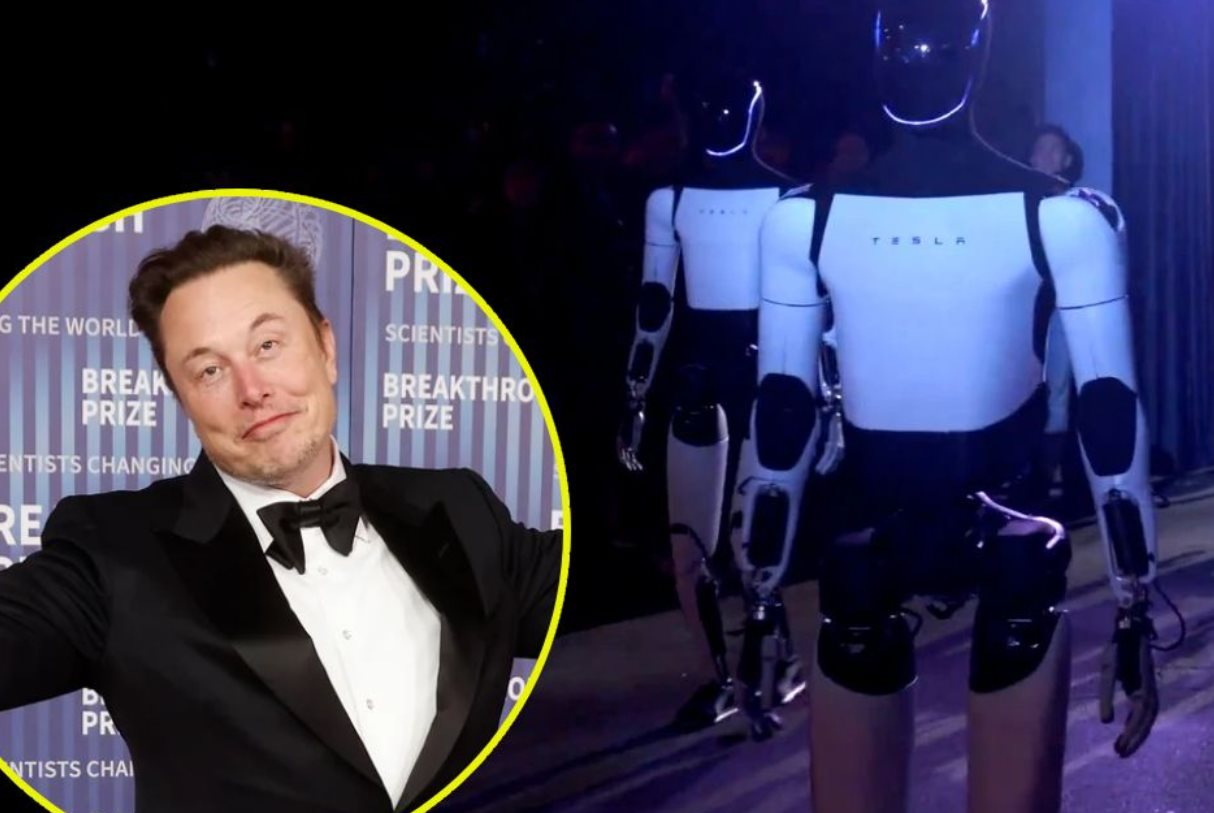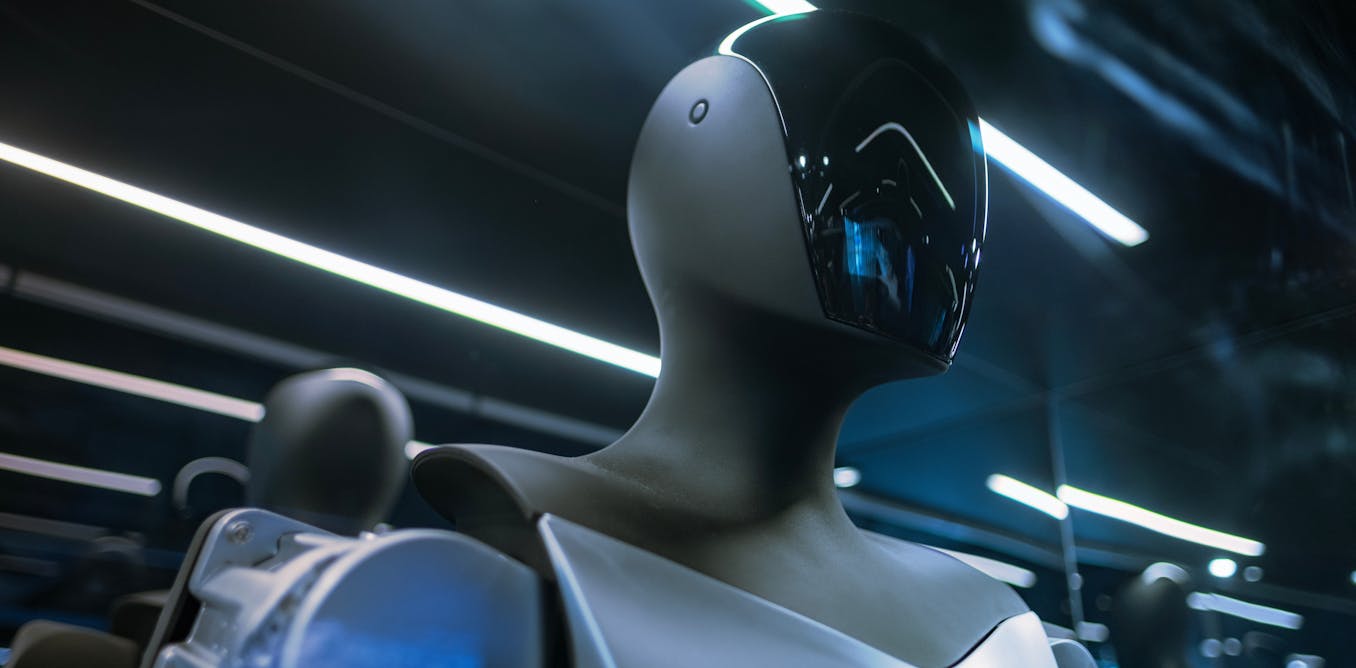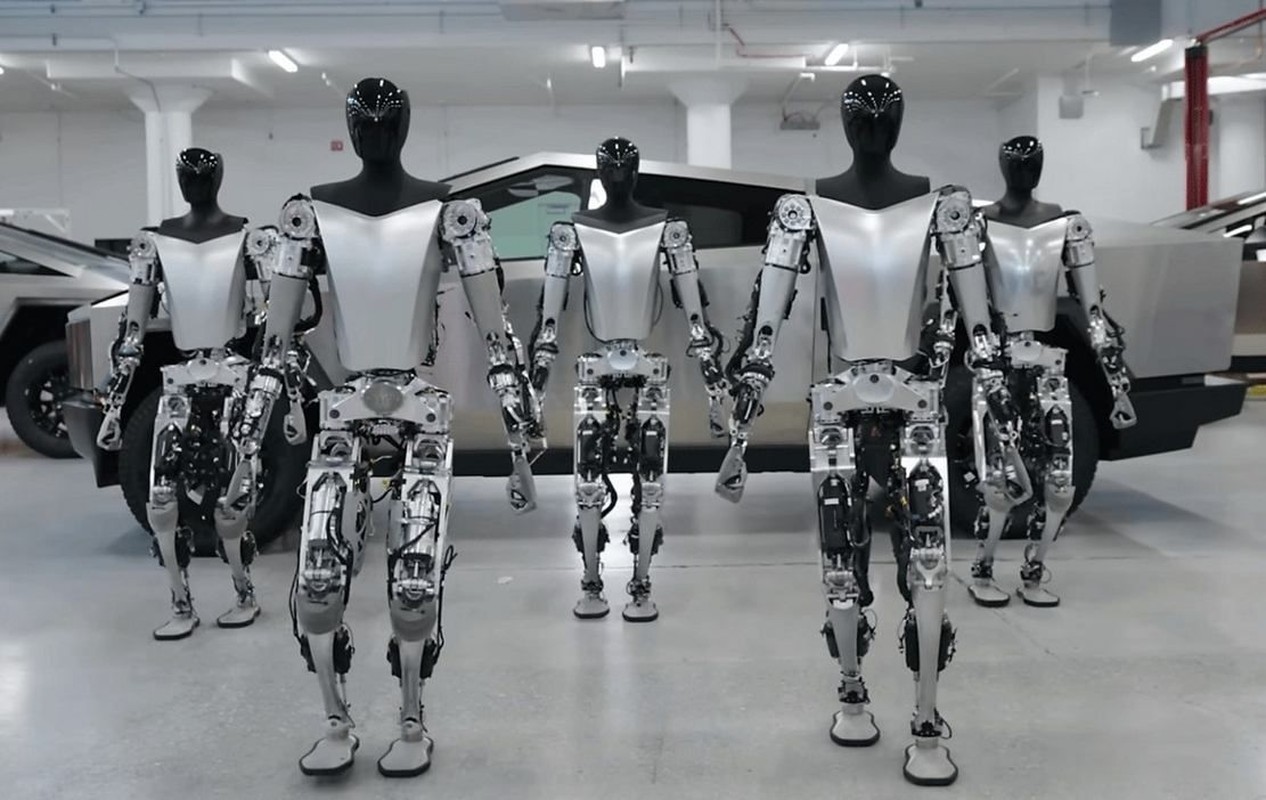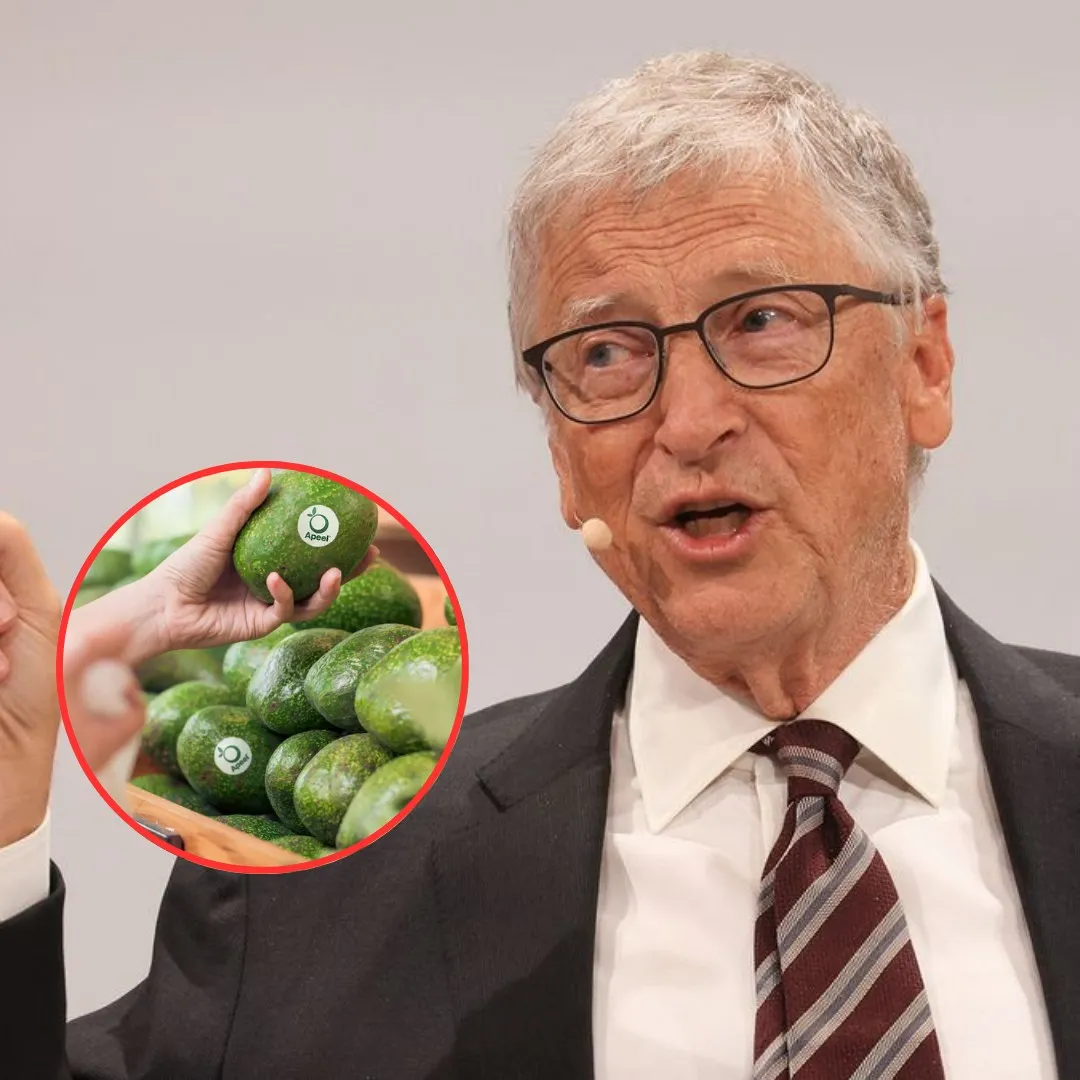
Elon Musk’s ambitious vision to revolutionize automation with humanoid robots has encountered significant obstacles that could jeopardize the success of his project. Musk’s goal to produce 1 million robots annually, each priced at $20,000, hinges on overcoming technical challenges, supply chain disruptions, and geopolitical tensions.
The development of these robots, known as Optimus, is central to Musk's broader vision of automating a wide range of tasks that are currently performed by human labor. From factory work to home assistance, Optimus robots are designed to take over repetitive, dangerous, or mundane tasks, providing a significant boost to productivity and improving the quality of life for individuals.
Optimus robots are expected to feature cutting-edge artificial intelligence that allows them to operate autonomously in various environments. Equipped with advanced sensors, actuators, and AI algorithms, the robots will be able to perform complex tasks such as assembling products, caring for the elderly, and even cleaning houses.
The robots are designed to be adaptable, with the ability to work in diverse settings, from industrial plants to residential homes. The goal is to create a robot that can seamlessly integrate into everyday life, reducing the need for human labor in certain sectors and improving efficiency in others. However, Musk’s vision faces significant hurdles. One of the most pressing challenges is the reliance on global supply chains, particularly in China, for key components.
Reports indicate that approximately two-thirds of the parts needed for Optimus, including motors, sensors, and control systems, are sourced from Chinese suppliers. As tensions between the U.S. and China continue to rise, with trade restrictions and tariffs affecting global supply chains, the production of Optimus robots could be delayed or become more expensive.

The Chinese government has already imposed export controls on certain technologies, which could further disrupt Tesla’s ability to obtain the critical components required for manufacturing the robots. Tesla’s strategy to keep production costs low and ensure the affordability of each robot depends heavily on access to these Chinese-made parts.
Musk’s goal of keeping the price of each robot under $20,000 could be significantly affected if the cost of components rises due to trade restrictions. The ability to maintain a competitive price point while ensuring the high quality and reliability of the robots will be a critical factor in the success of the project. Without a stable supply of key parts, Tesla may face difficulty in scaling up production to meet its ambitious targets.
In addition to the supply chain issues, Tesla also faces the challenge of ensuring that the Optimus robots can perform reliably and safely in real-world environments. While Tesla’s AI and robotics teams have made significant strides in developing autonomous driving technology for vehicles, creating a humanoid robot that can navigate dynamic environments and interact with humans is a much more complex task.
The robot must be able to understand and respond to its surroundings, make decisions in real-time, and perform physical tasks with precision. This requires sophisticated sensors, powerful processors, and advanced machine learning algorithms. While Tesla has made progress, the development of a fully autonomous humanoid robot remains a significant technical challenge.

Despite these challenges, Musk remains committed to his vision of mass-producing humanoid robots. The development of Optimus is seen as part of Musk’s broader goal of advancing automation and artificial intelligence.
He has long believed that AI and robotics have the potential to transform industries, reduce human labor in hazardous environments, and improve people’s quality of life. By making robots accessible and affordable, Musk hopes to empower individuals and businesses to take full advantage of the benefits of automation.
The potential applications of Optimus robots are vast, and the impact on industries like manufacturing, healthcare, and domestic services could be profound. In manufacturing, robots like Optimus could take over dangerous and repetitive tasks, allowing human workers to focus on more complex and creative jobs.
In healthcare, the robots could assist with caregiving, helping to alleviate the strain on healthcare workers and improve the quality of care for elderly or disabled individuals. At home, the robots could take on household chores, providing busy individuals with more free time to pursue other interests or work.
However, despite the potential benefits, the road to realizing Musk’s vision is not without its risks. The geopolitical tensions between the U.S. and China pose a serious threat to the project’s timeline. The ongoing trade war between the two countries has already disrupted the global supply chain, and further restrictions on Chinese exports could delay or drive up the cost of key components needed to build the robots.

If the cost of production increases, Musk may face difficulty in keeping the price of Optimus robots within his target range, making them less accessible to the wider market. Additionally, the technical challenges of building a humanoid robot that can function in diverse environments and perform complex tasks cannot be understated.
While Tesla’s engineers have made impressive strides in autonomous vehicle technology, the demands of building a humanoid robot with similar levels of precision and reliability are far more complex. Ensuring that the robots can perform safely and efficiently in a wide range of real-world situations will require ongoing development and rigorous testing. The integration of AI systems capable of making real-time decisions and ensuring safety in dynamic environments is a monumental task that will take time and resources to achieve.
Despite these challenges, Musk’s commitment to the project remains unwavering. He continues to invest heavily in research and development, and Tesla’s robotics division is working tirelessly to overcome the obstacles in its path.
Musk’s drive to revolutionize industries with automation and AI is evident in his determination to push forward with Optimus. Whether or not the project succeeds in meeting its ambitious goals remains to be seen, but the potential impact on industries and society at large is undeniable.

In conclusion, Elon Musk’s plan to produce 1 million humanoid robots per year faces significant challenges, particularly due to the ongoing trade tensions between the U.S. and China. The reliance on Chinese components and the rising cost of production could delay the rollout of Optimus robots and potentially drive up their price, making them less accessible to consumers.
Additionally, the technical complexity of creating a fully autonomous humanoid robot capable of performing a wide range of tasks is a significant hurdle. However, Musk’s vision for the future of robotics and AI continues to push the boundaries of what is possible. If successful, the development of Optimus could revolutionize industries, improve quality of life, and pave the way for a future where humanoid robots play a central role in society.
-1749008391-q80.webp)

-1743869397-q80.webp)
-1748858671-q80.webp)